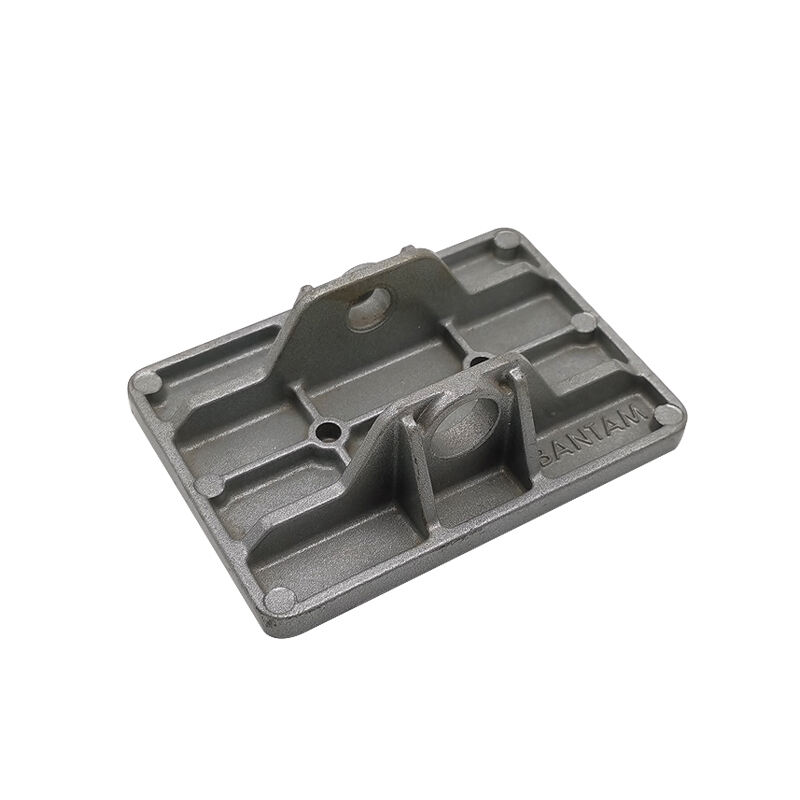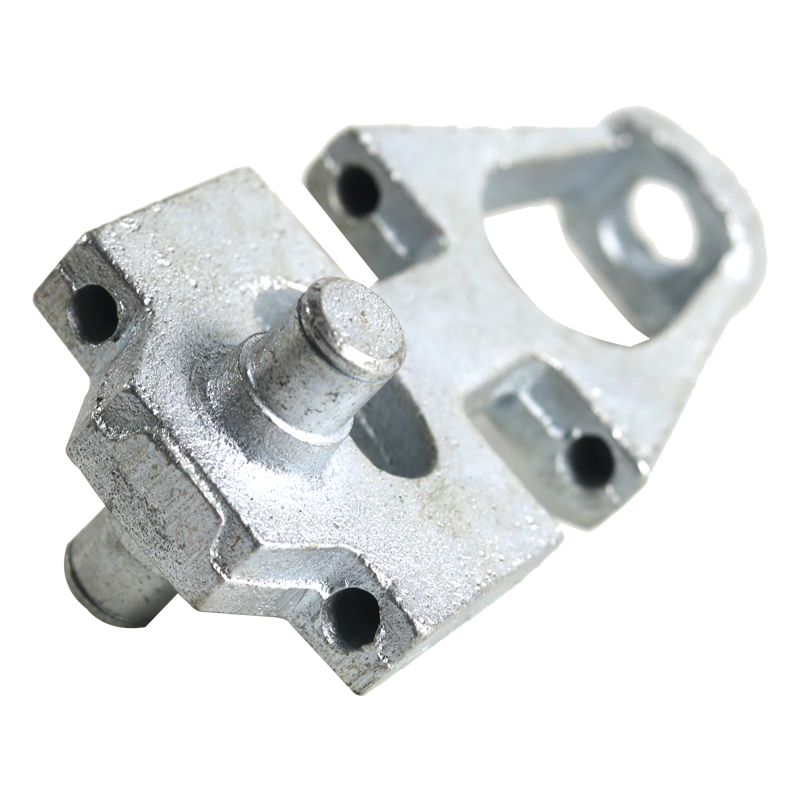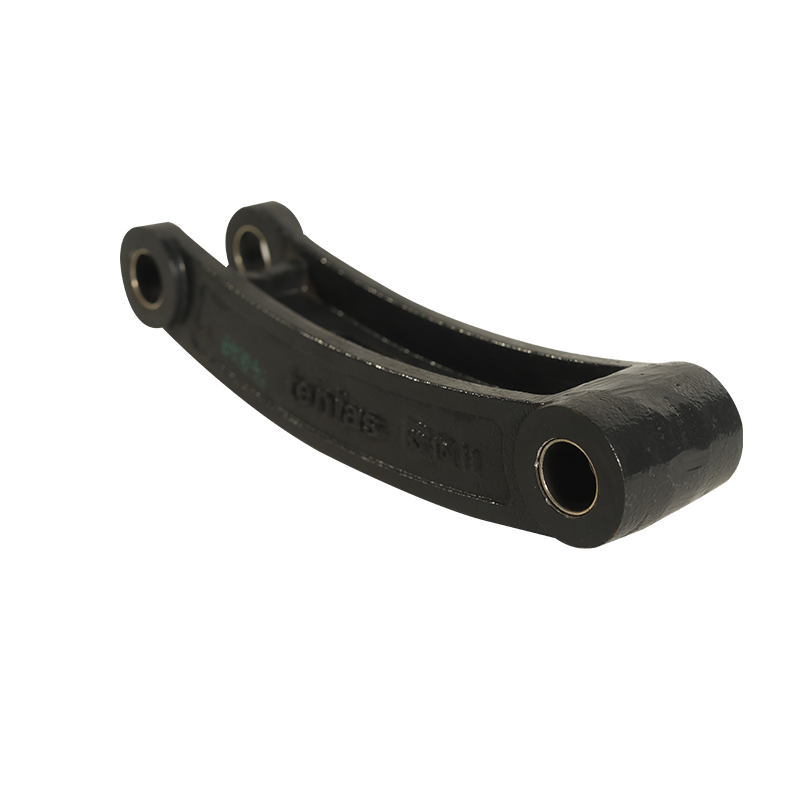brass casting
Brass casting is a sophisticated manufacturing process that involves melting and pouring brass alloy into specifically designed molds to create complex components. This versatile method combines copper and zinc in precise proportions, resulting in products that exhibit excellent mechanical properties and aesthetic appeal. The process begins with pattern making, followed by mold preparation, where carefully selected sand mixtures are compacted around the pattern. Once the mold is ready, molten brass is poured at temperatures typically ranging between 1700-1900°F, filling every intricate detail of the cavity. The casting then undergoes controlled cooling, allowing for proper solidification and grain structure formation. Modern brass casting incorporates advanced technologies such as computer-aided design (CAD) for pattern creation and automated pouring systems for consistency. This process is particularly valued in industries requiring components with superior corrosion resistance, electrical conductivity, and decorative finishes. The ability to produce complex geometries while maintaining tight tolerances makes brass casting ideal for architectural hardware, plumbing fixtures, musical instruments, and marine applications.


